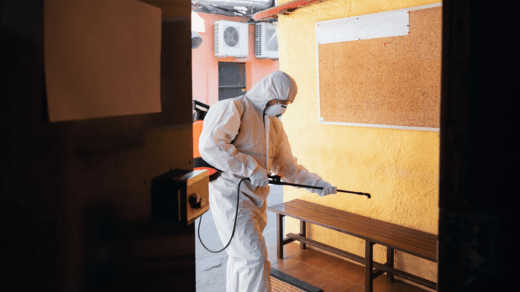Owning a home comes with responsibilities, and one of the most significant is ensuring that your home remains structurally sound. Protecting your home from damage not only preserves its value but also ensures that it remains a safe haven for you and your family. Today, we’ll explore several strategies to safeguard your home against potential structural issues, providing practical advice to keep your property in top condition.
Regular Inspections and Maintenance
Routine inspections are the first line of defense against structural damage. By consistently checking your home for signs of wear and tear, you can catch problems early before they escalate into costly repairs. Focus on key areas such as the roof, foundation, and exterior walls. Look for signs of cracking, water damage, or any unusual movement. Maintaining gutters and downspouts is equally important, as clogged drainage systems can lead to water accumulation, damaging both the exterior and interior of your home. Regularly cleaning and repairing your home’s exterior surfaces will also prevent issues like mold growth and wood rot.
Managing Moisture and Water Flow
Water is one of the most common causes of structural damage, so managing moisture is crucial. Ensure your home’s drainage system is efficient, directing water away from the foundation. This may involve installing downspout extensions or adjusting the landscape to prevent water pooling near your home. Inside, fix any leaks in plumbing fixtures promptly, and consider using a dehumidifier in damp areas like basements. Sealing windows and doors will prevent water seepage during heavy rains.
The Role of Termite Extermination
Termites are silent destroyers that can cause extensive damage to a home’s structure if left unchecked. It’s essential to understand the importance of termite extermination in safeguarding your property. These pests feed on wood, and their presence can compromise the integrity of wooden structures. Regular inspections by a professional can help detect early signs of termite activity, allowing for swift action to eliminate them. Some preventive measures include treating the soil around your home and keeping firewood and debris away from the foundation.
Benefits of Professional Pest Control Services
While DIY methods can address minor issues, trusting professional services for comprehensive protection is advisable. Professional pest control services, like Highland Pest Control, offer expertise and resources that go beyond what most homeowners can achieve on their own. These services specialize in identifying potential threats and implementing targeted treatments, ensuring that your home remains secure.
They also provide valuable advice on maintaining a pest-free environment, which is crucial for preserving your home’s structural integrity. Services such as Highland Pest Control have the experience to ensure that all aspects of pest management are covered, giving you peace of mind.
Maintaining Your Home’s Foundation
The foundation is the backbone of any home, and keeping it in good shape is vital. Begin by inspecting it for cracks, which can be indicative of settling or more serious issues. Small cracks can be sealed with epoxy or polyurethane, but larger ones might require professional assessment. Ensure the soil around your foundation is stable and well-drained. Avoid planting large trees too close to your home, as their roots can cause foundation damage. Regularly monitor your foundation for changes, as early detection can prevent significant structural issues.
Enhancing Support Structures
Support structures such as beams, columns, and load-bearing walls play a critical role in your home’s stability. Over time, these structures can weaken due to factors like moisture, pest damage, or natural aging. Reinforcing and maintaining these elements will prevent sagging floors and other structural problems. If you notice any signs of distress, such as cracks in walls or uneven floors, consult a professional to assess the situation. Regular checks and prompt repairs will ensure that your support structures remain robust and reliable.
Creating a Maintenance Schedule
An organized approach to home maintenance can make a significant difference in preventing structural damage. Create a maintenance schedule that includes regular inspections, seasonal tasks, and specific projects. Include activities such as checking for leaks, cleaning gutters, and inspecting the foundation. By following a schedule, you ensure that key areas are addressed consistently, reducing the likelihood of neglect. A well-maintained home is less likely to experience major structural issues, saving you time and money in the long run.
Conclusion
Taking proactive steps to protect your home from structural damage is essential for any homeowner. By implementing the strategies outlined in this guide, you can ensure your property remains safe and sound for years to come. Regular inspections, moisture management, pest control, and professional services are all part of a comprehensive approach to home protection. Remember, a little prevention goes a long way in preserving the integrity of your home.

